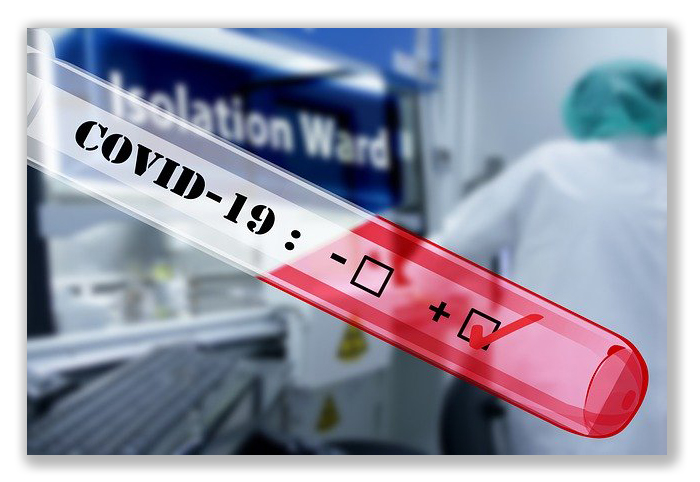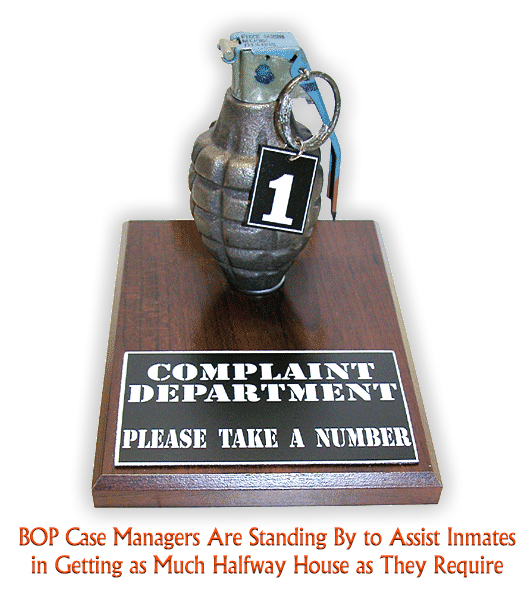We post news and comment on federal criminal justice issues, focused primarily on trial and post-conviction matters, legislative initiatives, and sentencing issues.

WASHINGTON WEEK: SEEKING CLEMENCY FOR SOME LADIES

Congresswomen Cori Bush (D-Missouri) and Ayanna Pressley (D-Massachusetts) last Friday joined with the National Council for Incarcerated & Formerly Incarcerated Women and Girls’ initiative calling on President Joseph Biden to grant 100 women clemency in his first 100 days in office. Speaking at an event held outside the White House, Pressley told the President “to exercise his clemency authority,” adding he can grant clemency to the 100 women “by the stroke of a pen.”
Vox said several weeks ago that “advocates want Biden to act quickly” on clemency. “They point to epidemics of Covid-19 in jails and prisons, which could be eased if there were fewer people in those settings to spread the coronavirus. And they argue that acting too slowly would repeat the mistakes of Biden’s predecessors, who, if they moved on clemency at all, did so too late during their terms to do the long, hard work of broader reforms.”
 Acting quickly on clemency is a great idea, but “100 women in 100 days” is nothing but a political stunt. The greatest danger in a proposal like this one is that if Biden knuckles under, 100 inmates get clemency, and then the Administration will check clemency off its “to-do” list, moving on to the next domestic issue. The problem with the clemency system – beyond the obvious, that 14,000 petitions are pending, many for years – is that the arbitrariness and bias of a system that relies on mercy from the very people who make their careers locking up defendants has a systemic infirmity that must be addressed. A political stunt that relies on an alliterative label – ‘100 in 100…’, like there’s something significant about the base-10 number system – simply detracts from the serious work to be done while delivering commonsense mercy in a scattershot and ineffective way.
Acting quickly on clemency is a great idea, but “100 women in 100 days” is nothing but a political stunt. The greatest danger in a proposal like this one is that if Biden knuckles under, 100 inmates get clemency, and then the Administration will check clemency off its “to-do” list, moving on to the next domestic issue. The problem with the clemency system – beyond the obvious, that 14,000 petitions are pending, many for years – is that the arbitrariness and bias of a system that relies on mercy from the very people who make their careers locking up defendants has a systemic infirmity that must be addressed. A political stunt that relies on an alliterative label – ‘100 in 100…’, like there’s something significant about the base-10 number system – simply detracts from the serious work to be done while delivering commonsense mercy in a scattershot and ineffective way.
The well-meaning people behind this have little idea of the effect of their Lafayette Park theatre on the inmates. I have had several emails this week from women inmates informing me that a list of 100 inmates was handed to the President in the Oval Office, and that he was ready to act. They wondered if they were on the list. Oh, if life only imitated rumor…
Why not simply distribute 151,703 scratch-off cards to the BOP population, with only 100 winners among them? That approach would make as much sense, while adding a bit of drama and excitement to the event.
 Last Tuesday, Representatives Hakeem Jeffries (D-New York), Bobby Scott (D-Virginia), Kelly Armstrong (R-North Dakota), and Don Bacon (R-Nebraska) introduced the Eliminating a Quantifiably Unjust Application of the Law (EQUAL) Act in the House. The bipartisan legislation would eliminate the federal crack and powder cocaine sentencing disparity and retroactively apply it to those already convicted or sentenced.
Last Tuesday, Representatives Hakeem Jeffries (D-New York), Bobby Scott (D-Virginia), Kelly Armstrong (R-North Dakota), and Don Bacon (R-Nebraska) introduced the Eliminating a Quantifiably Unjust Application of the Law (EQUAL) Act in the House. The bipartisan legislation would eliminate the federal crack and powder cocaine sentencing disparity and retroactively apply it to those already convicted or sentenced.
The measure is identical to the measure introduced in the Senate by Cory Booker (D-New Jersey) and Richard Durbin (D-Illinois) five weeks ago.
USA Today, ‘No justice in destroying lives’: Pressley, Bush call on Biden to grant clemency to 100 women in 100 days (March 12, 2021)
Vox, Biden’s secret weapon for criminal justice reform (March 1, 2021)
Atlanta Daily World, Congress Introduces Bill to Eliminate Sentencing Disparity Between Crack and Powder Cocaine (March 10, 2021)
– Thomas L. Root











